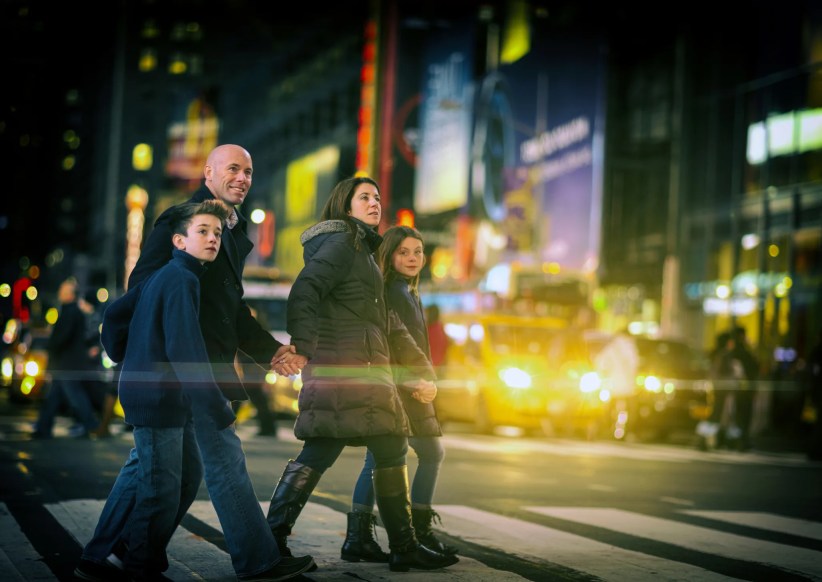Read Related Article #1: Death and life within the ghetto walls
Read Related Article #2: Behind the barbed wire
Read Related Article #3: Survivor Profile: Ruth Turek
Read Related Article #5: The will to survive
Read Related Article #6: Survivor Profile: Ellen Alexander
Read Related Article #7: Survivor Profile: Eddie Weinstein
“I don’t have any pictures so I just created my own,” said Minia Moszenberg, gesturing to a quilt in which a little girl with a yellow cloth star clinging to her dress is separated from her parents and siblings by an Nazi SS officer. The words “WE NEVER SAID GOODBYE” float in the clouds above and have been looming over Moszenberg ever since.
It was April 1942, two-and-a-half years after the Germans had bombed Moszenberg’s hometown of Ozorkow, Poland, destroying her house, burning the synagogues, and gunning down 24 Jews, including two of her friends, on the first day alone. Innocent Jews were hanged and everyone was made to watch.
A well-endowed teenager, Moszenberg appeared older than her 15 years. She was thus spared by the Nazis unlike the rest of her family, save an aunt and cousin, who were sent to die at the Chelmno death camp.
“If my aunt hadn’t taken me, I would have probably run over,” Moszenberg said of her willingness to join those who had been marked for death.
Instead, Moszenberg went back to the ghetto, where “it just was hunger - right away - was hunger.” From the room she had shared with her family, she could peer out the window and through the razor wire at “soldiers and dogs always watching.”
Miraculously, Moszenberg, her aunt and cousin survived another roundup in which human beings were inspected like cattle.
“I didn’t have the ghetto look yet,” Moszenberg said, recalling her starving and dying neighbors who were “selected.”
Having ultimately been forced onto one of the last trains to Auschwitz, the infamous Nazi Josef Mengele promptly robbed Moszenberg of her only remaining kin, sending her aunt and cousin to the gas chambers with the flick of his thumb.
As if losing her family and the sheer horror of Auschwitz were not enough, Moszenberg was among the first group sent from Auschwitz to Bergen-Belsen. There, she “starved in the freezing weather for three months.”
From Bergen-Belsen, Moszenberg was sent to Natweiler work camp, where she and other women had to walk three miles through snow to a factory where they made shoes. Despite their line of work, the women were forced to travel barefoot in thin dresses.
Out of desperation and what she considered “blind courage,” Moszenberg asked for shoes one day; for that, she was forced to crawl to the factory on her stomach while a soldier beat her into unconsciousness. She still has the scars on her right leg.
As word of the approaching Allied troops reached the camp, prisoners were rapidly transferred to Dachau, which served as a final staging ground for starvation and, ultimately, the extermination of remaining prisoners. But the U.S. Army arrived in time to save Moszenberg. She weighed just 75 pounds.
“They died - people just died,” said Moszenberg, 81, shaking her head and reliving the horror, over and over again, from her Flushing apartment.
“They died all around you - I looked at death’s eyes at least five or six times. Believe me.”





























